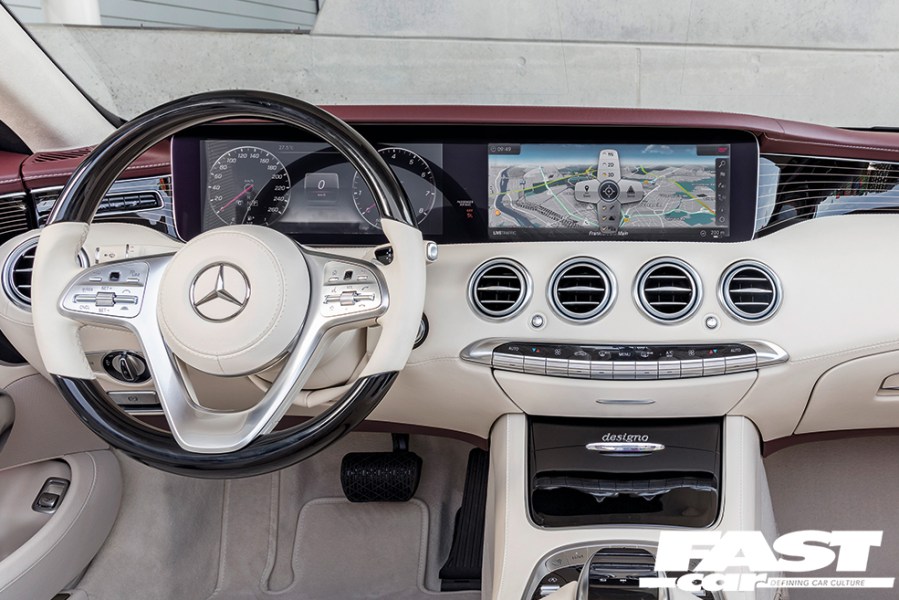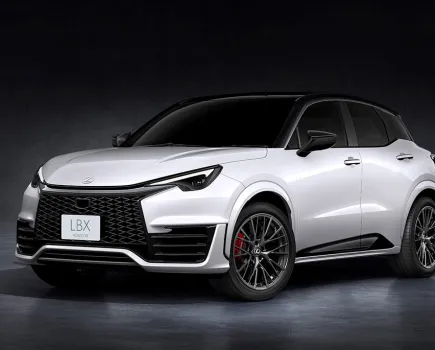Dashboard displays have come a long way the last few years. Although still in the early stages, it’s being reported that all-digital display-based dashboards will soon replace analog clusters for good, making the entire cockpit digital.
Global tech firm, ABI Research, forecasts that between 2020 and 2030, 461 million vehicles with head-unit and digital dashboard displays and 115 million vehicles with digital cockpit architecture will be delivered to new drivers.
Next-generation infotainment will include multiple high-resolution displays with shared content, Artificial Intelligence (AI)-based virtual assistants that provide a personalised environment, digital dashboards, video, and even gaming streaming, over the air (OTA) updates, and Augmented Reality (AR)-based Heads-Up displays.
“As a substantial amount of information must be processed and rendered to enable these functionalities, vehicles will require robust and flexible hardware solutions with high-performance graphics and communication channels between different tasks and displays. Therefore, modern cars will have digital cockpit architecture with powerful computing,” explains Maite Bezerra, Smart Mobility & Automotive Research Analyst at ABI Research.
From a general perspective, displays are getting larger and resolution is increasing accordingly. In between 2020 and 2025, 105 million vehicles shipped will have displays ranging from 10 inches to 12 inches, and 109 million will have high definition displays.
Currently only offered by Tesla, video and gaming streaming will gain momentum with worldwide 5G network deployments – as low latency rendering is a prerequisite for immersive gaming user experience – and the rise of connected vehicles.
ABI Research anticipates that 20% of vehicles with head-unit displays sold in Europe will feature these capabilities in 2030. Augmented Reality heads-up displays will debut in 2021 on Mercedes S-Class 2021, and will probably remain a niche functionality in luxury vehicles.
“The next-generation onboard automotive computing architecture will be based on an integrated and interconnected network of processors designed to provide fail-safe support for one another. Moreover, vehicles will be more connected and have more integrated ADAS content into the digital cockpit,” Bezerra concludes.







